Over 50 participants gathered around Lake Royer in Cascade for the annual Fort Ritchie Community Center’s Bass Fishing Tournament on Saturday, May 18.
The event was sponsored by Cobblestone Hotel & Suites and included prizes for the largest bass caught by youth and adults. The winners were:
Adult Winners:
Steven Pinkley—17 ¼”
Steve Christian—16 ½”
Jason Saunders—15”
Youth Winners:
Ryan Rosenberry—15”
Carter Gauff—14”
John Gossard—13 ½”

Adult Winners: Steven Pinkley (center), Steve Christian (right), and Jason Saunders (left).

Youth Winners: Ryan Rosenberry (center), Carter Gauff (left), and John Gossard (right).

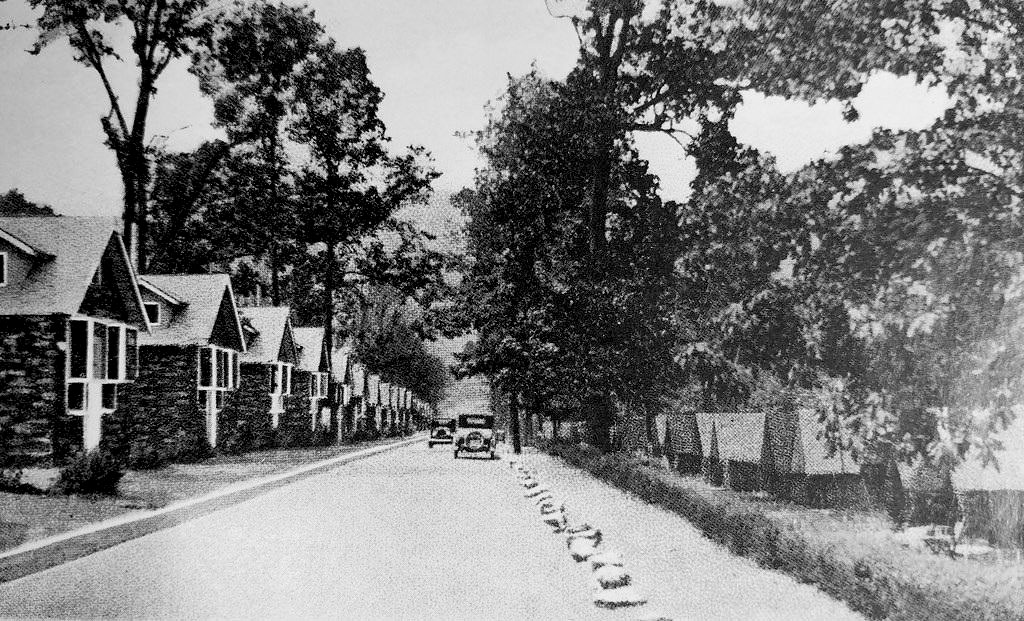
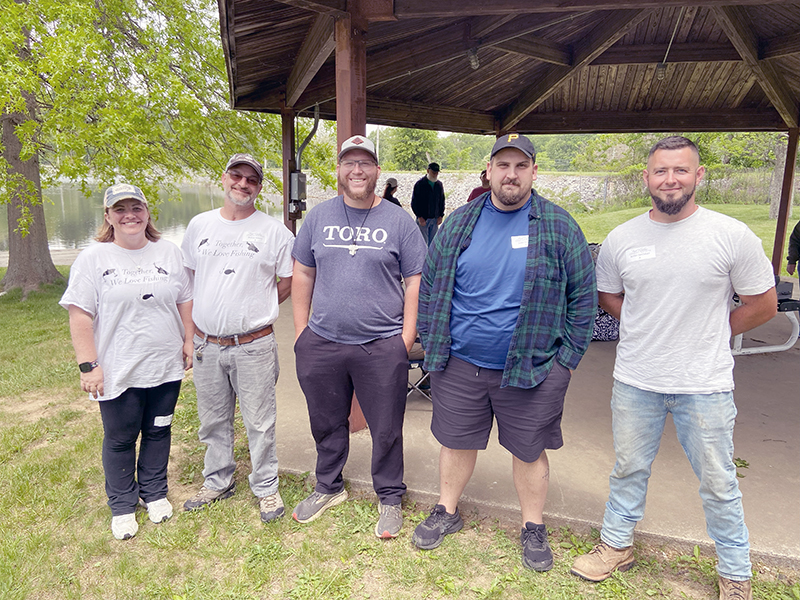
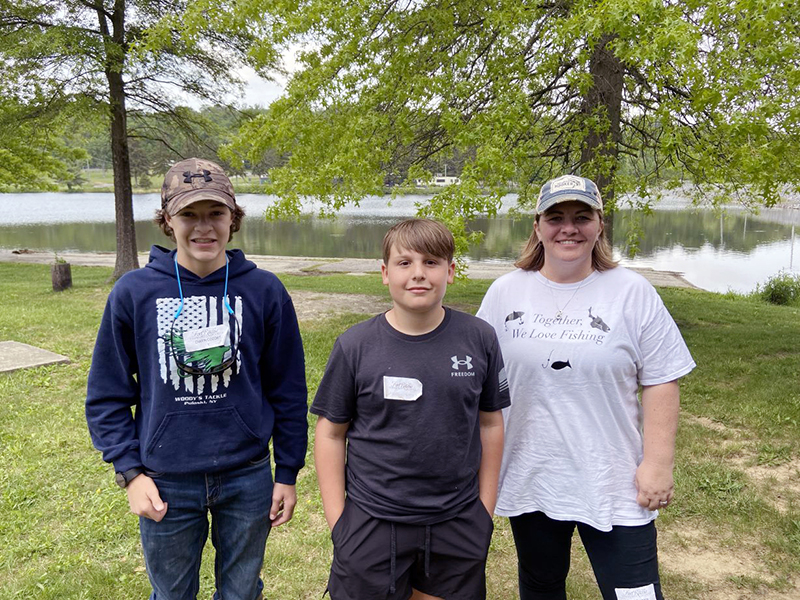
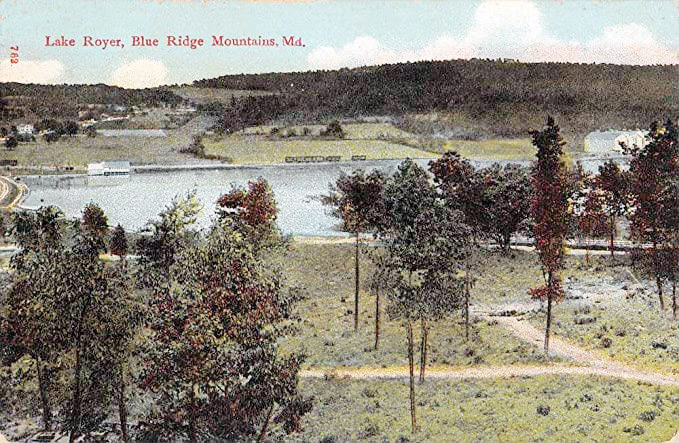
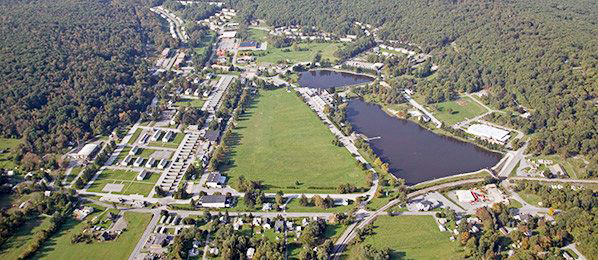
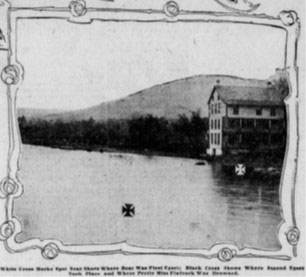
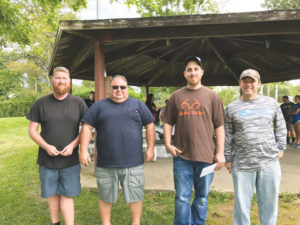


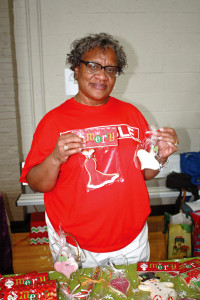 There were many vendors with treats available, including Pamela Wars of Sweet Blessings Cookies, a former elementary school teacher from Frederick, Maryland. Among her confections were peanut brittle, cake pops, and individually wrapped, exquisite Christmas cookies that might be edible works of art or double as Christmas tree ornaments.
There were many vendors with treats available, including Pamela Wars of Sweet Blessings Cookies, a former elementary school teacher from Frederick, Maryland. Among her confections were peanut brittle, cake pops, and individually wrapped, exquisite Christmas cookies that might be edible works of art or double as Christmas tree ornaments.